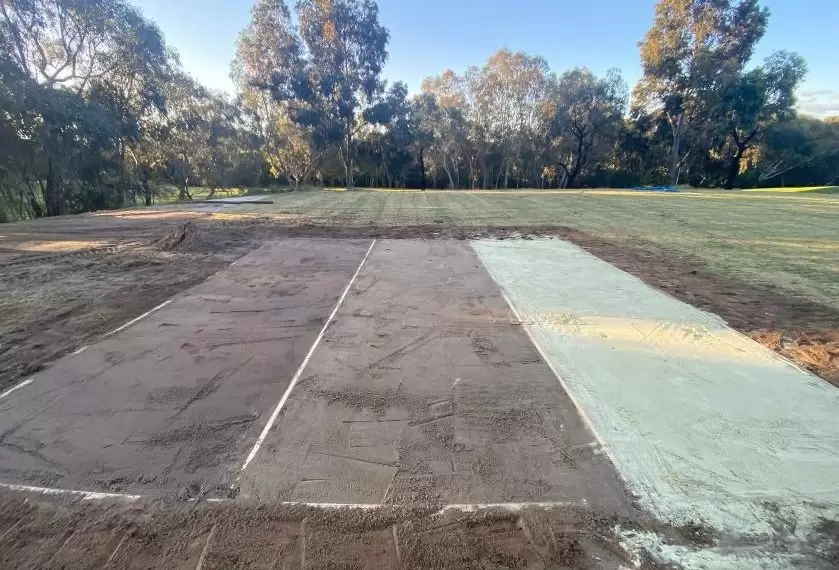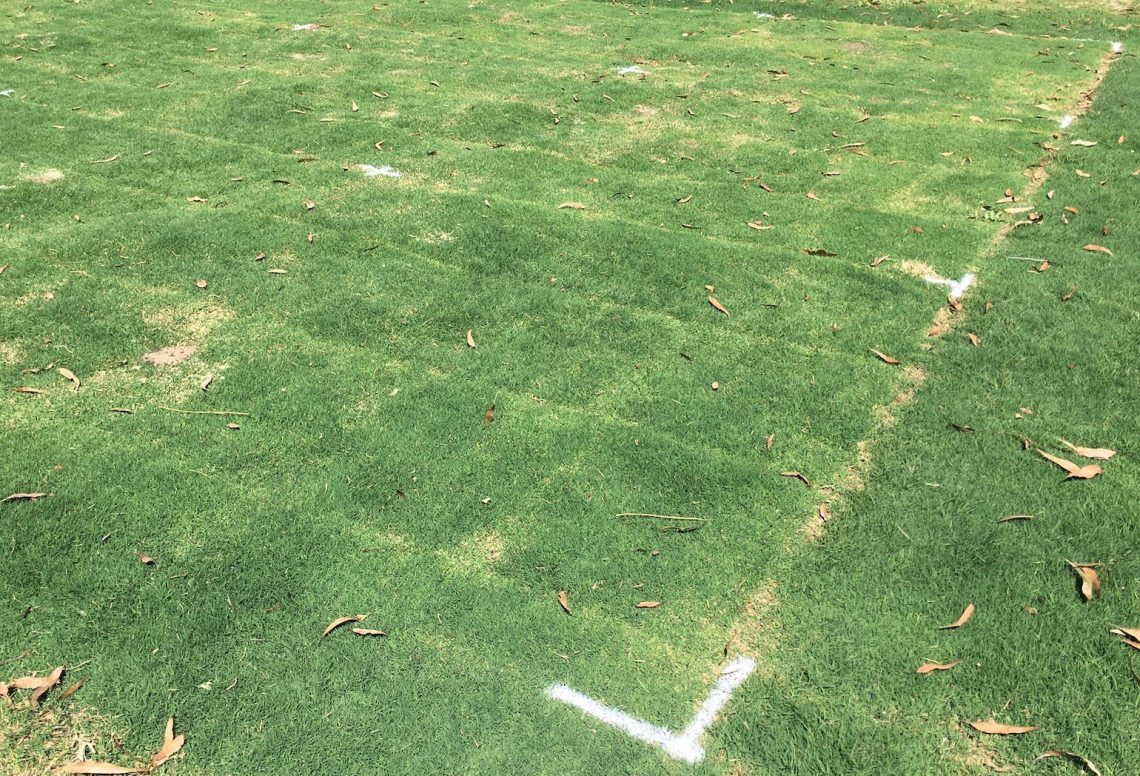The engineers and field of play specialists at SPORTENG are trialling the use of sand made from recycled glass as a suitable growing medium for playing fields.
As Australia’s construction industry adopts more sustainable practices, it’s leading to new ideas, uses and sources for raw materials. Recently SPORTENG, a firm that specialises in developing fields of play for all sports, wanted to determine if it could produce more sustainable turf playing fields by rethinking a crucial component – sand.
Sand is a primary material used in concrete and as an abrasive, but its supply still primarily comes from virgin sand sources. In fact, it’s the most mined commodity on earth. According to the United Nations Environment Programme, global demand for sand and gravel has tripled over the past two decades to almost 50 billion tonnes every year.
While there’s plenty of sand in deserts, only silica sand from riverine, coastal and marine environments is suitable for concrete. The way we extract sand from these environments can often have damaging consequences to waterways and habitats.
After reading about a council that used crushed recycled glass in place of sand for trench backfill material, the team at SPORTENG wondered if it would also work for growing turf. If proven to be suitable, then clients could choose to use recycled glass as a more sustainable option in support of their ESG targets.
High quality recycled material
SPORTENG has completed more than 600 field of play projects in just seven years – including Optus Stadium, Queensland Country Bank Stadium, Brookvale Oval, and CommBank Stadium – so it knows that sand used for natural turf sporting fields needs to meet higher physical and performance specifications for it to be a suitable growing medium.
It’s also critical that particles are the right size, as water needs to quickly pass through the surface in order to avoid soggy playing fields, while still maintaining the right level of moisture retention to support grass growth.
“We contacted suppliers that could provide recycled glass as sand, and got them to send samples through to our labs in Melbourne,” says Jarrod Hill, CEO and Director of SPORTENG.
“We tested those samples for hydraulic conductivity, bulk density, porosity and other key specifications, and it all seemed comparable to the properties of the virgin sands we typically check out. The next step was to conduct a trial.”
The trial involves three six-by-two metre test beds placed next to each other at a temporarily closed golf course that is being rebuilt in the City of Boroondara (SPORTENG has partnered with the council on the project). The three mixes include a control bed filled with sand the company would ordinarily use, a 100 per cent recycled glass sand bed, and a fifty-fifty blended mix.

“We’ve seen some interesting results so far. Much of the glass comes from recycled drinking containers so there seems to be higher sodium levels from the manufacturing process for that sort of glass,” says Hill.
“The additional sodium has added to higher alkalinity levels in the 100 per cent recycled mix, and that’s slightly reduced the turf grass root growth. However, the fifty-fifty mix is showing almost no difference to the control group across our test parameters.”

While the trial is still ongoing, the team are exploring ways to get the pH levels within a more suitable range. There is a lot more work to be done before recycled sand becomes a commercial option, but Hill is optimistic.
“We don’t have all the answers just yet, but that’s the best thing about being an engineer, we keep working towards them,” he says.
“By looking at touchpoints across our projects, we can find alternative sources and more sustainable options both for the materials we use and for how we operate. We’ll continue to innovate and find better ways to develop playing fields – it’s what our clients are looking for, and what we’re dedicated to doing.”
SPORTENG is happy to share some of the early findings, and discuss the opportunities and challenges of using recycled glass sand as a growth medium with other engineers and interested parties.
To get in contact with SPORTENG, email info@sporteng.com.au. To learn more about the trial and download the latest findings from SPORTENG, check out this website.




